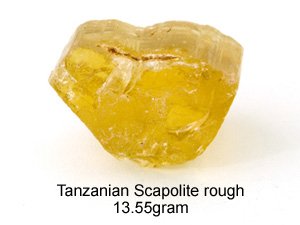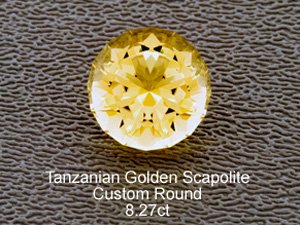koester_2010
Rough_Rock
- Joined
- Apr 19, 2009
- Messages
- 11


Date: 5/24/2009 4:15:39 PM
Author: Chrono
Roger,
Thank you for the information and picture of the end result. It is very good reading material. I would love to read more about it even though it might get wordy.
